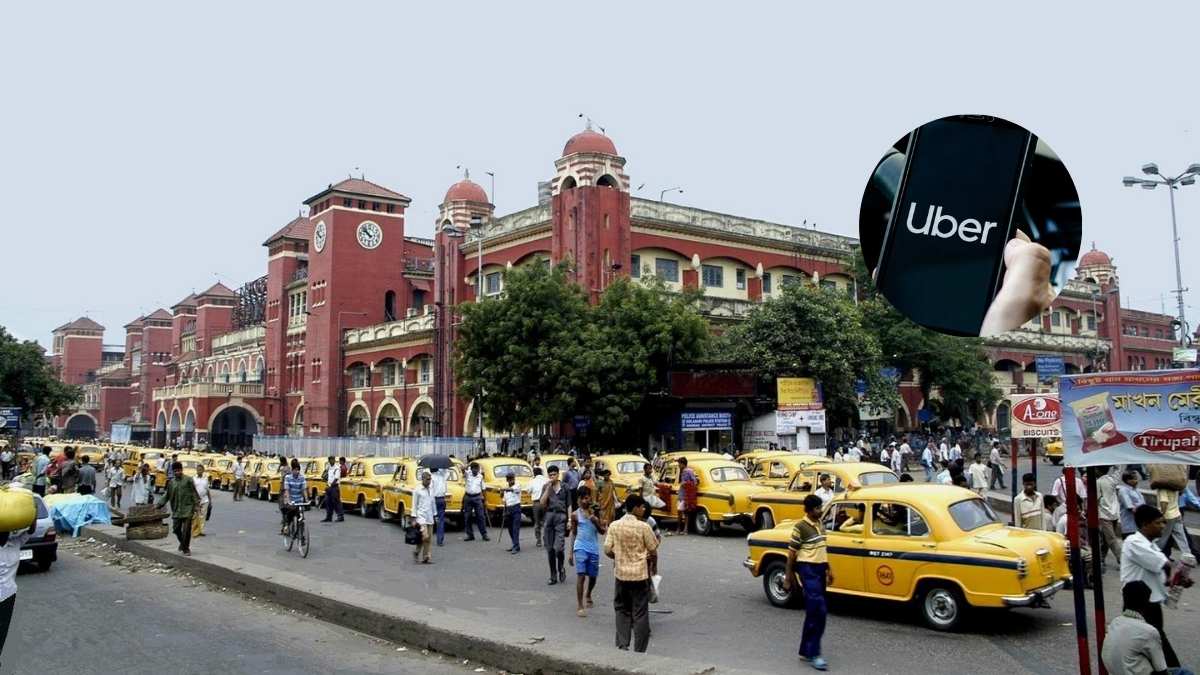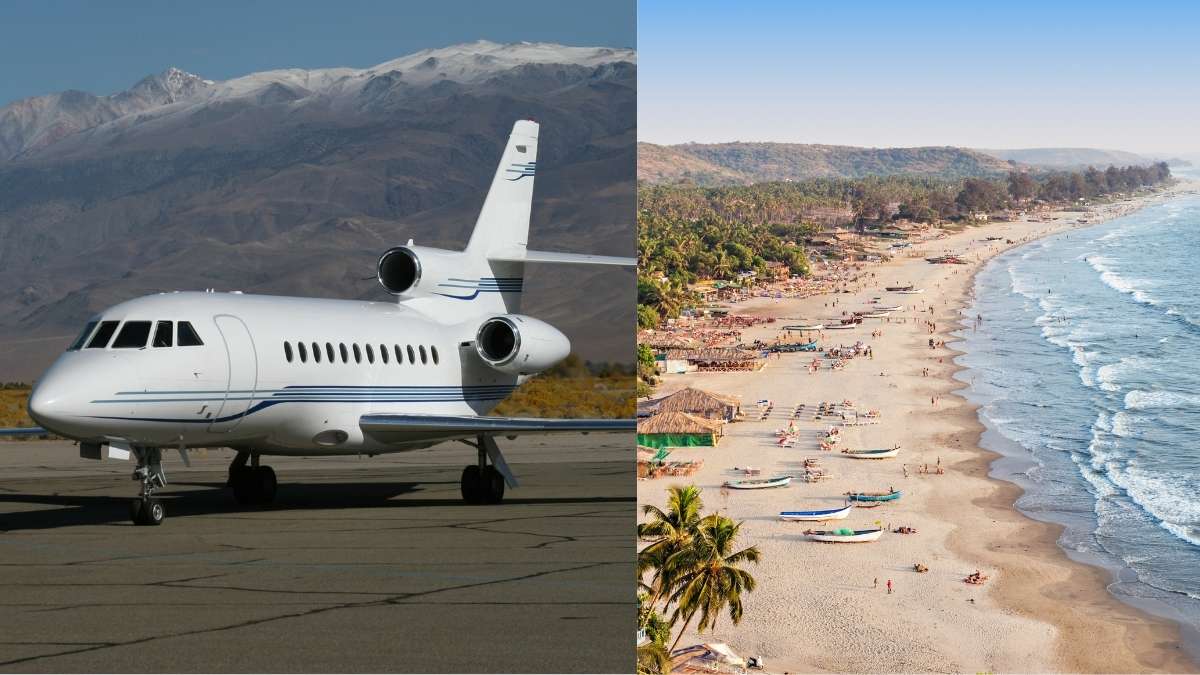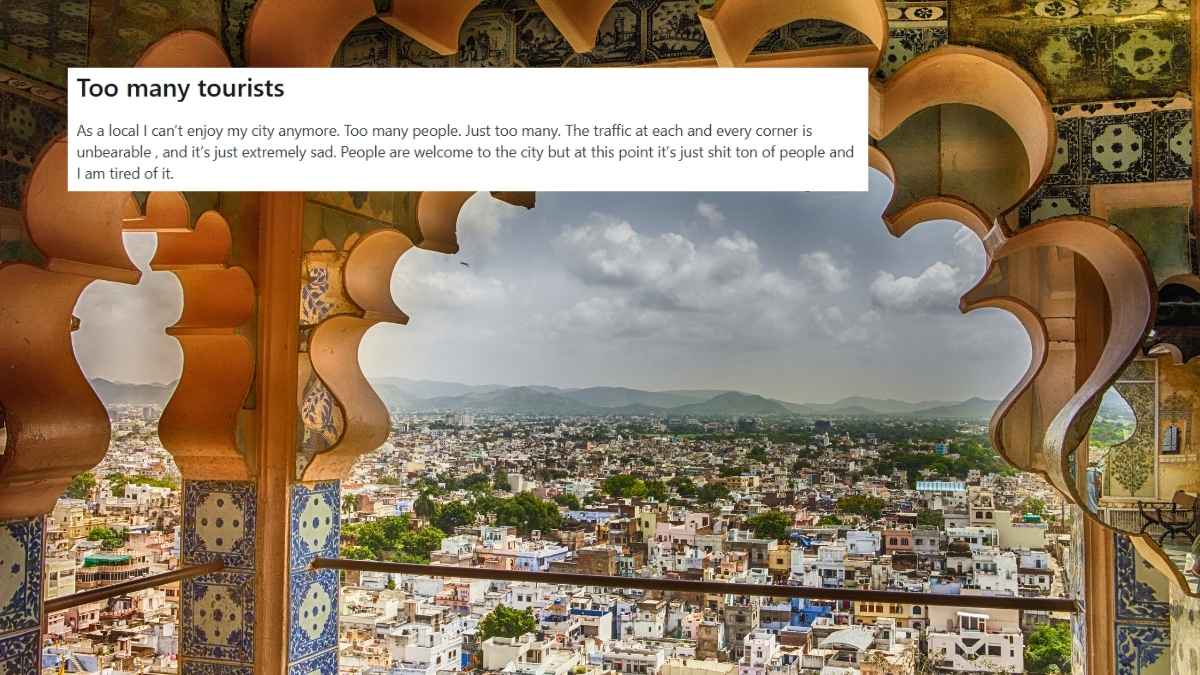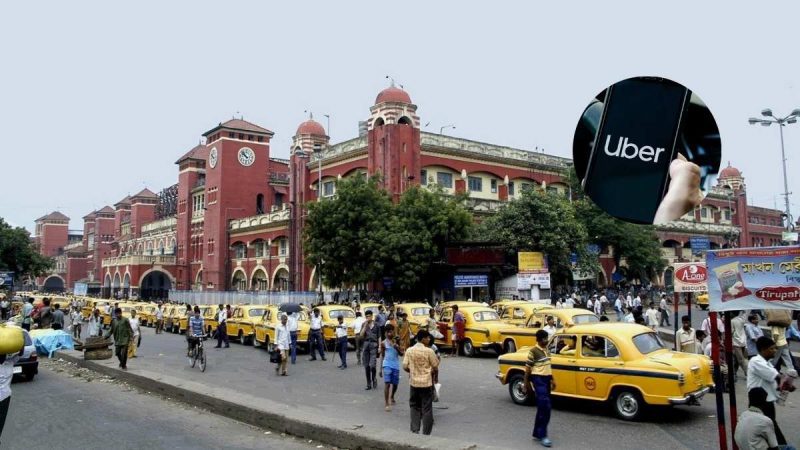At two of India’s most crowded railway stations, a familiar name in mobility is about to become part of the daily operations. Uber has struck a deal with Indian Railways to run managed ride-hailing services at Ahmedabad and Howrah stations, its first such venture inside railway premises in the country.
Uber Partners With Indian Railways For Ahmedabad And Howrah Stations
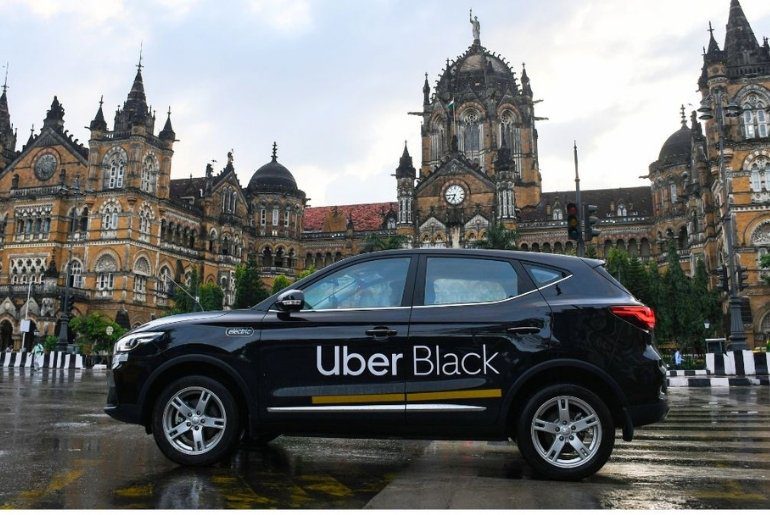
The idea behind the partnership between Uber and Indian Railways is to make that painful “last mile” less troublesome by linking the convenience of app-based rides with the scale of the nation’s biggest transport network.
According to The Economic Times, instead of passengers wandering through packed station exits to find cabs, Uber cars will now operate from designated parking areas built into the station layout. The company says this will create smoother access for travellers and remove the guesswork for drivers trying to pick up fares in the middle of heavy traffic. An Uber official explained that this collaboration is about reliability and scale. They further added that by tying their technology into two of India’s most important transit hubs, they are building a system that makes it easier for millions of people to move across cities.
Uber’s Strategy: Embedding Into India’s Transport Backbone
The choice of Indian Railway stations reveals Uber’s intent. Ahmedabad, India’s seventh largest railway station, already sees over 1.2 lakh passengers pass through its platforms every day. That number is set to more than double to over 3 lakh daily by 2053.
Howrah station, meanwhile, is on another level altogether: India’s biggest railway station and a lifeline for the east, it serves upwards of 10 lakh passengers daily. Anyone who has battled the bottlenecks there knows how valuable an organised Uber pickup system could be.
For Uber drivers, the arrangement with Indian Railways isn’t just about structure, it’s about opportunity. More visibility at the stations means more rides, especially during peak hours, and the dedicated bays promise a less chaotic environment to operate in. Uber insists the system will translate into better earnings for its driver-partners in both cities, as stated by The Economic Times.
This partnership also signals where Uber wants to position itself in India. Rather than being just another ride-hailing app, the company is trying to embed itself into the country’s transport backbone, presenting itself as a link in a larger chain that connects trains, cars, and eventually other modes of travel.
Also Read: What Is Bike Direct? Inside Rapido’s New Feature As Uber, Ola Halt Bike Taxis In Karnataka
India’s cities aren’t getting smaller, nor are its railway stations quieter. If anything, both passenger numbers and congestion are set to soar. Deals like this with private technology layered onto public infrastructure may well decide whether the next generation of urban mobility feels like a fight through crowds or a reasonably smooth handover from train to car.
Cover Image Courtesy: samarkumarsarkar/Wikipedia and Bber/Website
For more such snackable content, interesting discoveries and the latest updates on food, travel and experiences in your city, download the Curly Tales App. Download HERE. First Published: September 23, 2025 3:59 PM
